No products in the cart yet. Keep shopping.
Gold Star Recyclers – Vilis Family Bakery
Vili's Family Bakery - Gold Star Recycler “I hate waste!” Vili Milisits, South Australian entrepreneur and owner of the iconic Vili’s Bakery, is...

It’s not just the subtle temperature drop that signifies autumn is just around the corner. Your garden will shake off that dehydrated look and wake up. Whilst we have not received much in the way of rainfall yet it will start soon as the season breaks. Autumn is a great time to garden as the soils are still warm and their moisture content will start to rise as the autumn rains arrive. A great time for planting as the plants can get off to a great start.
Mark Caldicott has joined us again this month with useful gardening advice and tips.
If you like flowers in your garden then there is a myriad of seeds and seedlings that can be planted now for winter and spring colour. Pansies, Viola, Calendula, Sweet Peas, Delphiniums, Snapdragons, Primula, Cyclamen, Lobelia, Marigolds, Dianthus, Alyssum, Cineraria, Poppies Cornflowers and Stocks just to name a few. Let’s not forget if you want a display of spring flowering bulbs then it is now that you have to plant them. Spring flowering bulbs also make for stunning pot displays. If you’re not sure how or what to grow then ask the trained staff at your favourite garden centre.
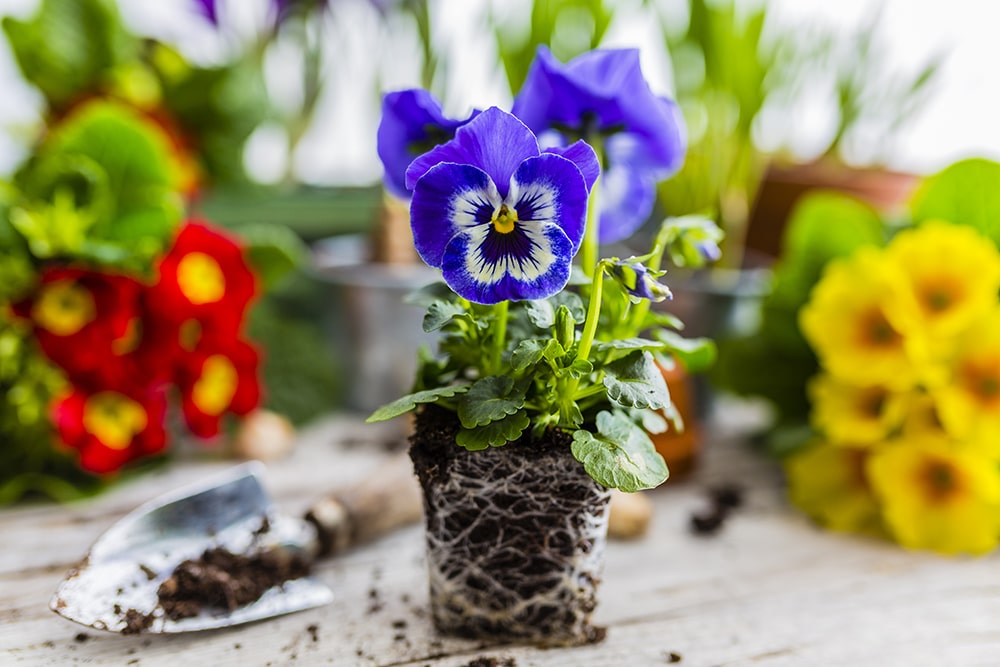
Autumn is arguably the best time of year to plant native plants. Look around your favourite garden centre now to find a large array of native plants from ground hugging plants through to shrubs and beyond to large trees. There is a native plant to suit every garden even those gardeners who only have indoor plants. Some of my favourite natives are plants like Correa, with attractive tubular flowers that are a magnet to honeyeater birds. Dianella’s with their beautiful bird attracting flowers and berries. Grevillea’s with their nectar laden flowers. Super hardy Eremophila’s with their beautiful flowers. Or the great hedging plant Westringia. Kangaroo Paws, small growing Eucalypts, Scaevola there are so many to choose from. Don’t forget edible native plants, the bush tucker plants. Well worth growing in your garden. There are also loads of perennial plants and shrubs bursting in to flower at your favourite garden centre so go on in and check out what’s on offer.
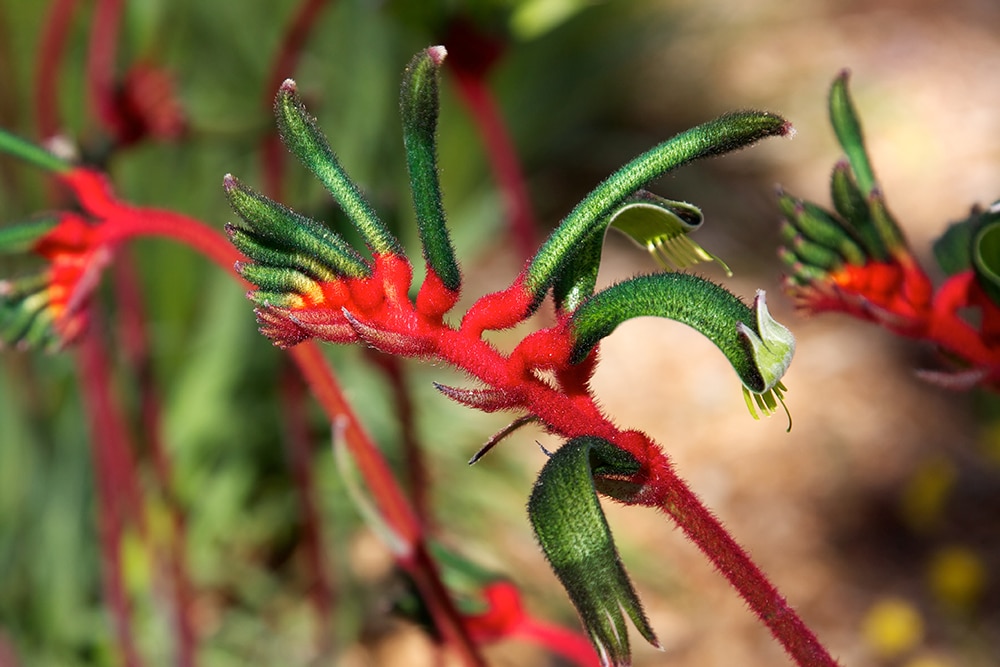
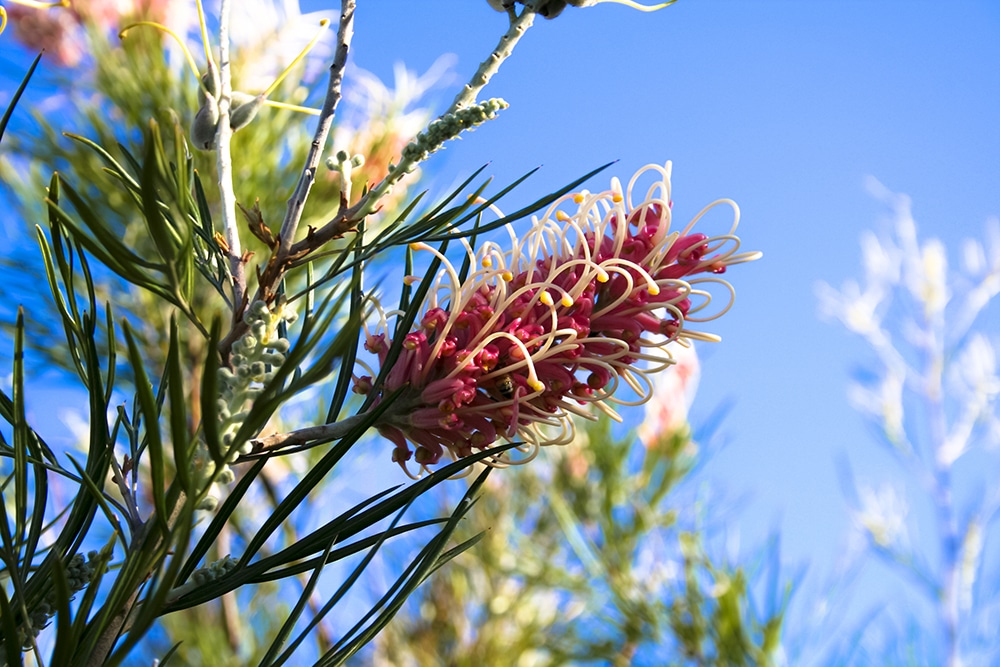
With such a productive year from our summer fruiting trees it is time to reward them with a balanced fertiliser. Giving them an organic fruit and citrus fertiliser now will see them right through winter and ready to shoot away in spring. Feed up potted fruit trees as many have been depleted of nutrients through your watering over the hot, dry months.
![]() Make sure to pick up any fallen fruit and take off any old no good to eat fruit that remain on your trees. By cleaning up like this you will reduce the chance of pests and disease later on.
Make sure to pick up any fallen fruit and take off any old no good to eat fruit that remain on your trees. By cleaning up like this you will reduce the chance of pests and disease later on.

———————————————————————————————————————————————
Many people believe that mulching is just for summer and the other seasons don’t matter. Well nothing could be further from the truth. Mulching in autumn helps to insulate the soil, maintaining the ideal environment in the root zone. Having the soil mulched also protects the soil from erosion when the first heavy rains arrive.
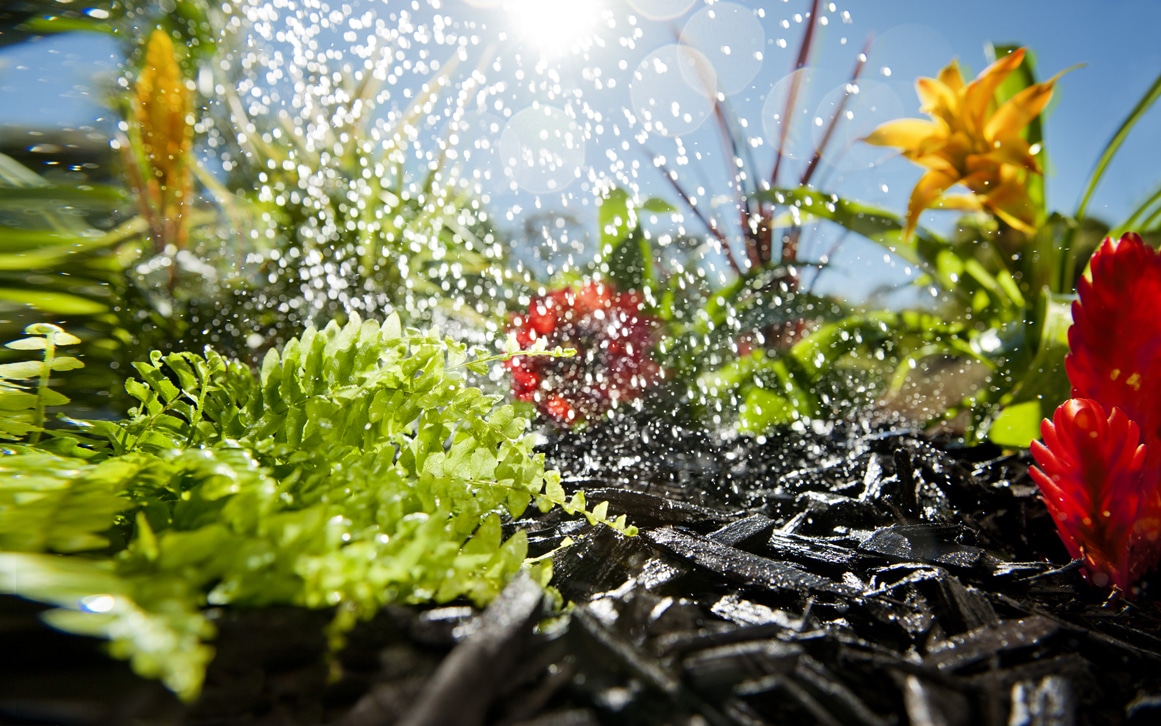
As the summer vegetable crops begin to wane it’s time to look forward to what to plant now. Beetroot, Garlic, Cauliflower, Broccoli, Cabbage, Onions, Carrots, Lettuce, Peas, Spinach, Silverbeet, Asian Greens, Kale, Radish, Rocket, and Snow Peas just to get you started. Herbs too, like Parsley, Coriander and Chives will thrive if planted now. Just remember as the sun gets lower in the sky heading towards winter the shadows in our gardens get longer. So be sure to pick the sunniest location in your yard to get the best from your winter veggie patch.

Lawns at this time of year will be looking forward to bit of attention. If you had problems with winter grass last year then act fast and apply a pre-emergent winter grass killer now to prevent this year’s crop from germinating. Most lawns are getting hungry now after months of relentless watering and nutrients that were in the root zone will have either been used up or leached away. So mow your lawn, make sure the soil is moist (irrigate if needed) then apply a lawn fertiliser as per directions and water in. Your lawn will thank you.
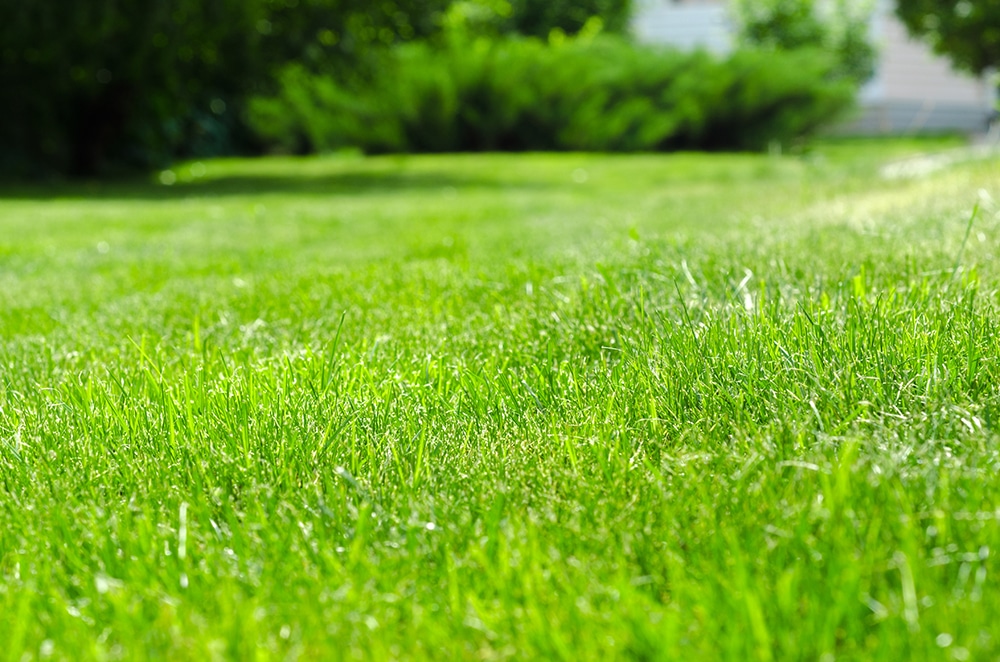
I don’t think you could find a home in Australia that doesn’t have an indoor plant in it. People have fallen in love with houseplants again. So a few tips on looking after your houseplants at this time of year.
Firstly, make sure not to overwater your plants, watering too much will result in the roots rotting away and the plants dying. Use your finger to feel if the soil is moist or not. If the soil around the root zone is still moist then hold off the watering and check again in a couple of days. When your plants require watering make sure that the water isn’t too cold, tepid water is best for indoor plants. Liquid fertilizing your houseplants will be beneficial to them. Make sure to follow the packet directions. If in doubt use a weaker strength solution as you can always add more after but if you put too much fertiliser on you can’t take it away, and over fertilizing can result in burnt plants.
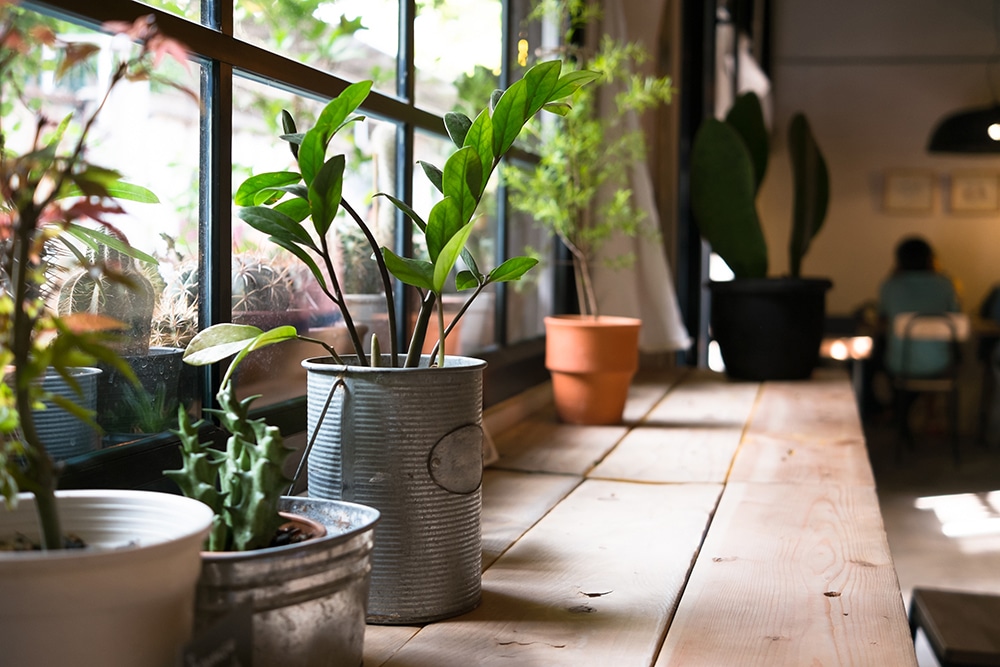
Check your houseplants for pests when you’re checking for watering. This time of year they can be suffering from mealy bugs, scale and mites. Ask at your favourite garden centre for advice on how best to treat the problem, and whilst you’re there check out the latest ranges of indoor pots and planters along with the huge range of indoor plants available.
Autumn is also a fantastic time to get out and checkout some of the open gardens around the state. You will come away fully inspired and ready to spend a fun season in your own garden. Remember it doesn’t matter how large or small your area is everyone can have a go at gardening one of the most rewarding pastimes you can have.
Vili's Family Bakery - Gold Star Recycler “I hate waste!” Vili Milisits, South Australian entrepreneur and owner of the iconic Vili’s Bakery, is...
Jeffries CulChar is the perfect organic fertiliser for garden beds, lawns and native plants: with the added benefits of our secret ingredient.
Jeffries latest innovation, Jeffries CulChar, is a complete, certified organic, slow-release fertiliser, including essential trace elements and minerals. The inclusion of Jeffries BioChar works together with the organic carbon of the included compost as a long-term soil conditioner. Jeffries CulChar is a very complete and cost-effective nutritional offer that is safe to use in direct contact with plants and their root systems.
Let’s take a closer look at how Jeffries CulChar works and compare how it performs next to other organic fertiliser alternatives.
There’s no denying that Jeffries Organic Compost is a useful soil amendment. Among its many benefits, it improves aggregate formation, porosity,...